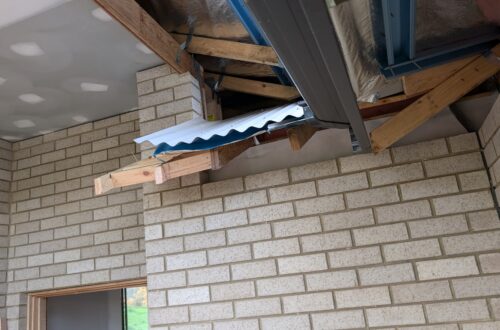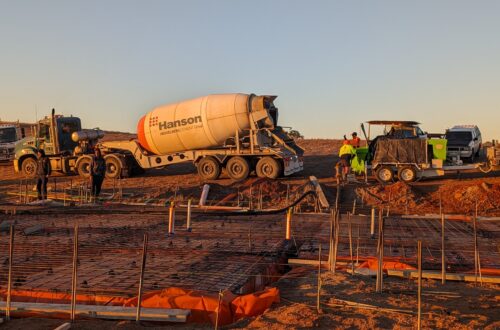Fencing Part 1
It’s time to prioritize fencing to secure the cows during the house build. Over the past few months, I’ve been brainstorming various paddock layout ideas. The photo below depicts the current plan, although it’s subject to change once we’re on the property.

Fencing and paddock layout are crucial for several reasons:
Animal Welfare and Pasture Management:
Well-designed paddocks provide adequate space, shelter, and access to food and water, ensuring livestock welfare and reducing stress. Additionally, effective paddock design enables rotational grazing, essential for maintaining healthy pastures, preventing overgrazing, and enhancing soil health.
Maximizing Productivity and Environmental Sustainability:
Proper paddock design boosts livestock productivity by providing quality forage, space for exercise, and optimal conditions for growth and reproduction. Simultaneously, well-managed paddocks sustain land health and fertility, promoting soil health, preventing degradation, reducing erosion, preserving biodiversity, and minimizing nutrient runoff, contributing to environmental conservation.
Financial Viability and Cost Efficiency:
Efficient paddock management through thoughtful layout enhances profitability by reducing costs, optimizing production outcomes, and promoting animal health. Quality fencing is paramount for our predominantly bovine focus due to its role in reducing escapes, preventing injuries, enabling optimal grazing management, and ensuring long-term durability. While requiring a higher upfront investment, quality fencing proves more cost-effective in the long run.”
In essence, investing in proper fencing is vital for livestock well-being, farm productivity, and sustainable agricultural practices.
Deciding which paddock first:
Understanding the importance of paddock layout and fencing quality, we needed to plan out what paddock we were going to erect first. Another thing we needed to know is if we were going to do the fencing ourselves or if we would outsource the work.
Honestly, it was a no brainer about which paddock we would do first. We recently relocated the trough to paddock B due to water leaks read about it here. Paddock B also has 3 fences currently which means we only need to block in 1 side. We are still planning the exact run of the fence line but we are estimating 180-220 meters of fencing need to be installed without adjusting for the gate(s).
Buying the Post hole digger:
So now we know which paddock we will be setting up first, we need to get some equipment namely the post hole digger. There were 2 options a hydraulic or a none hydraulic version we opted for the hydraulic which included a 9″ and a 12″ Augers, the advice we had been given by a number of farmers is the hydraulic is easier to use and requires less manual intervention. the cost was $3,495.45. and we take delivery of it Monday.
The plan is to start the fencing after the easter long weekend, we need the paddock completed by April 10th as we have to head into NSW for a few weeks and if the building approval goes to plan the earth works should be started, so operation “Keep Bovine Out Of Building Zone” needs to begin asap.



